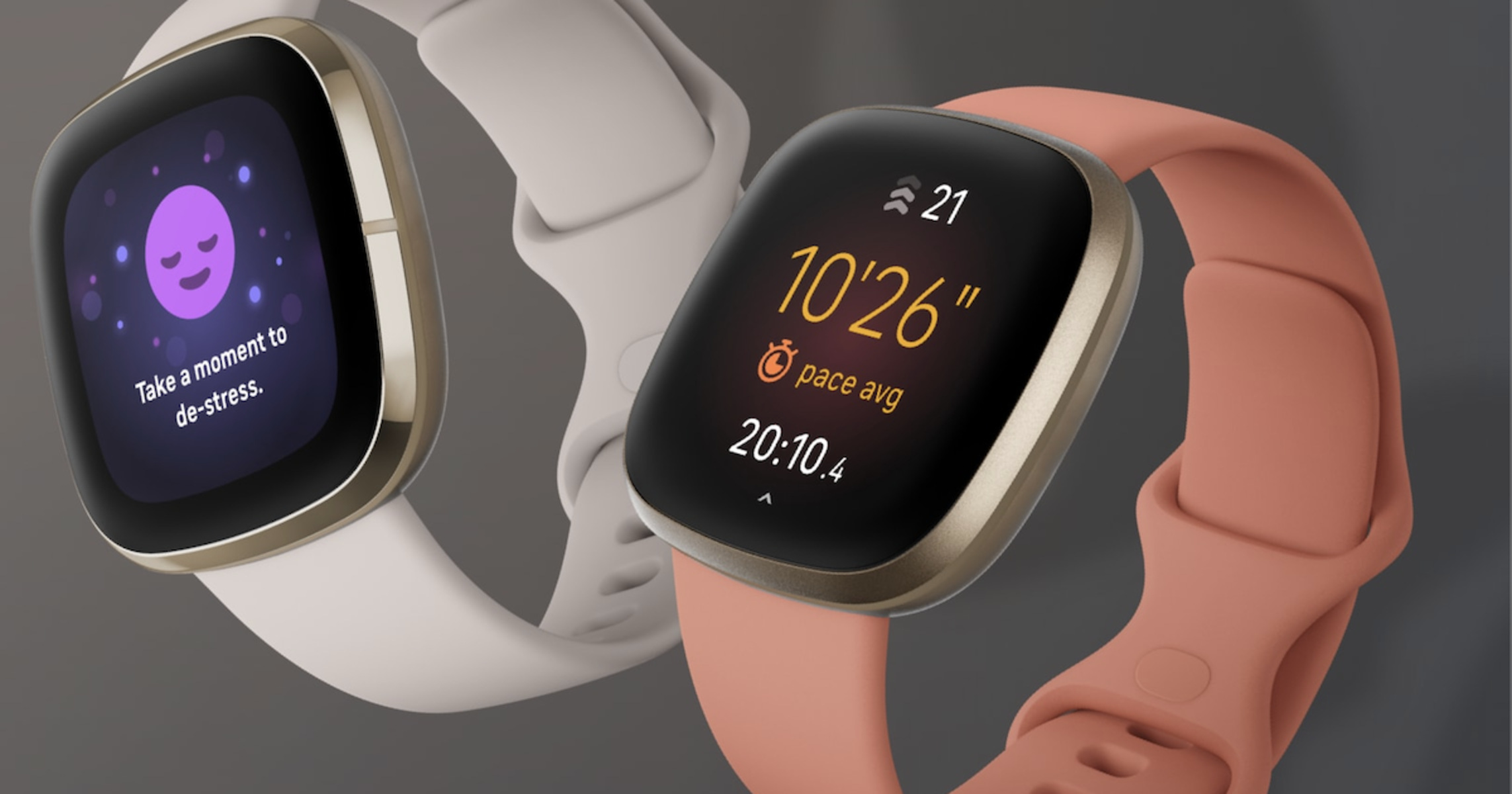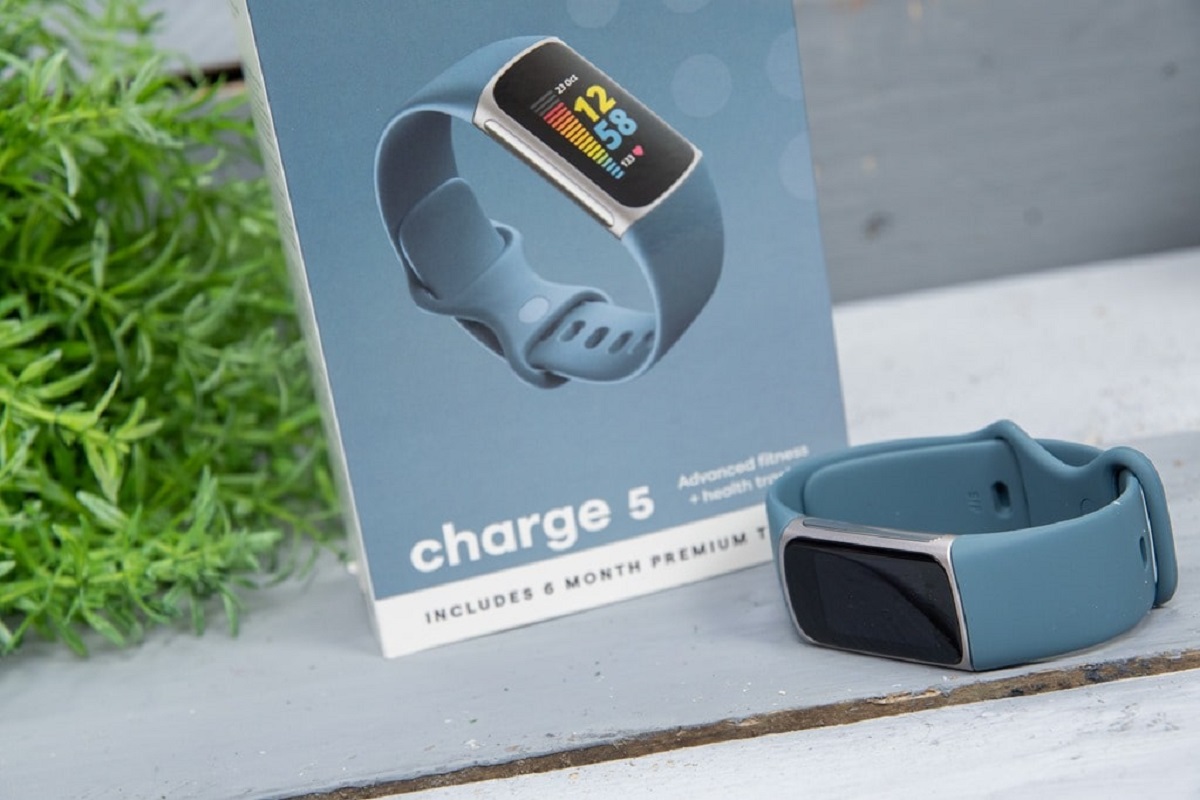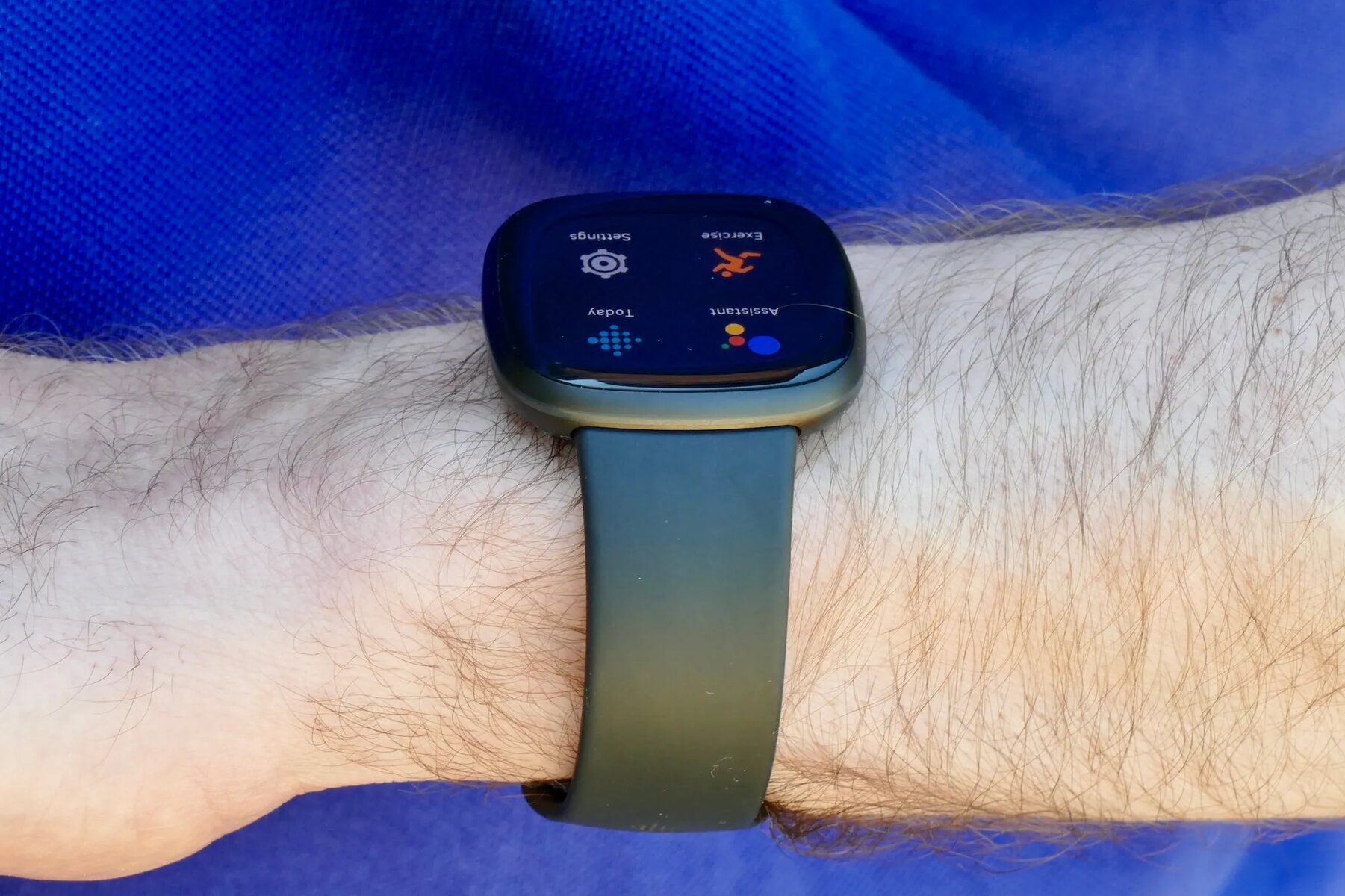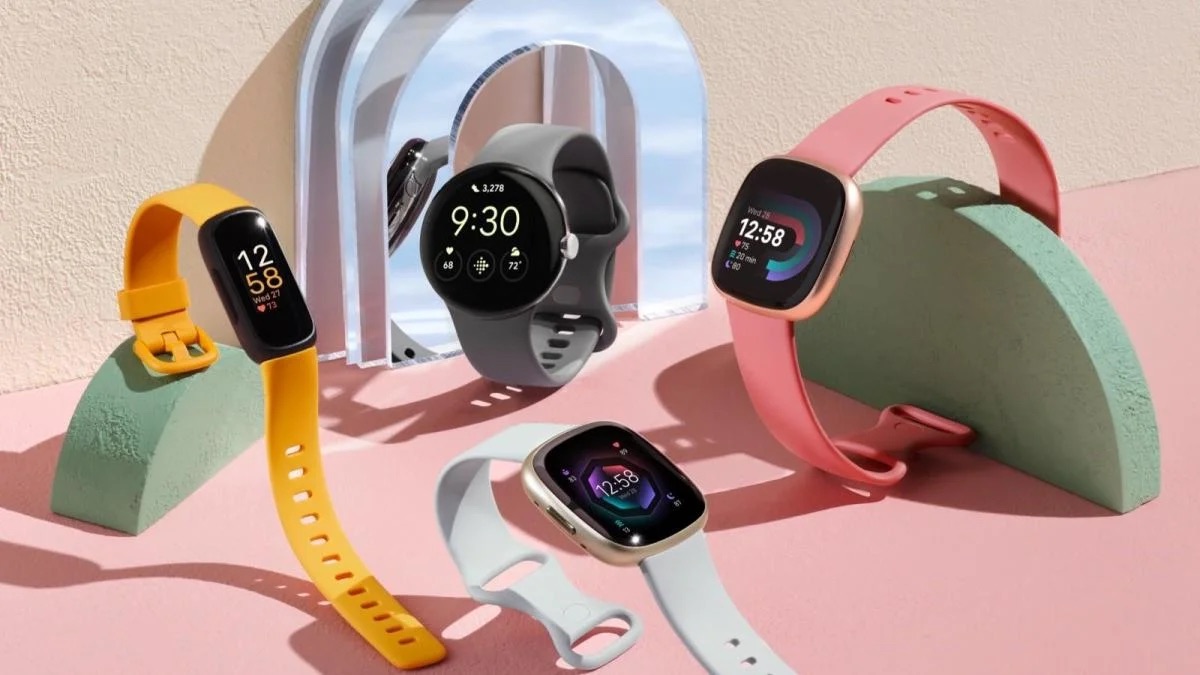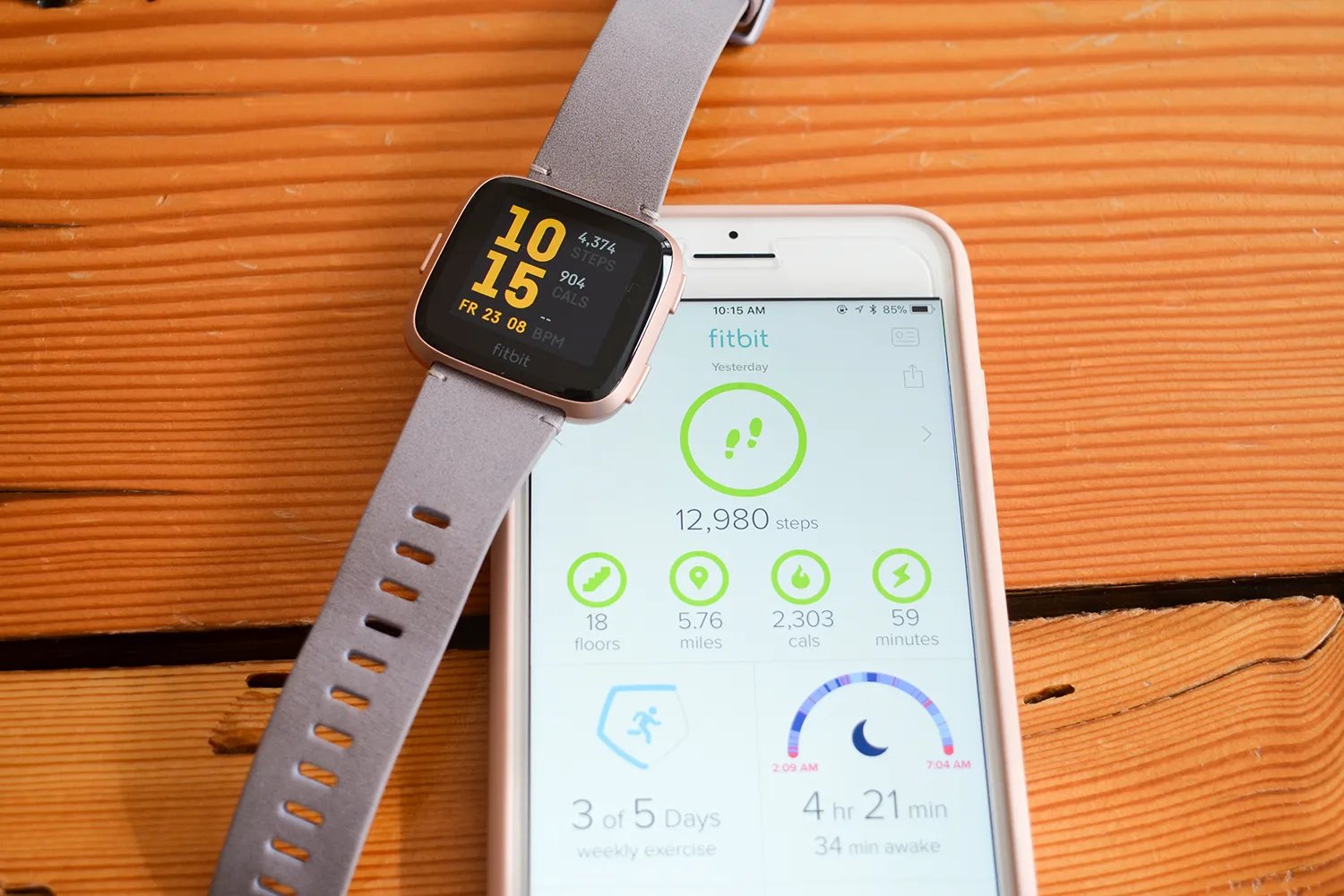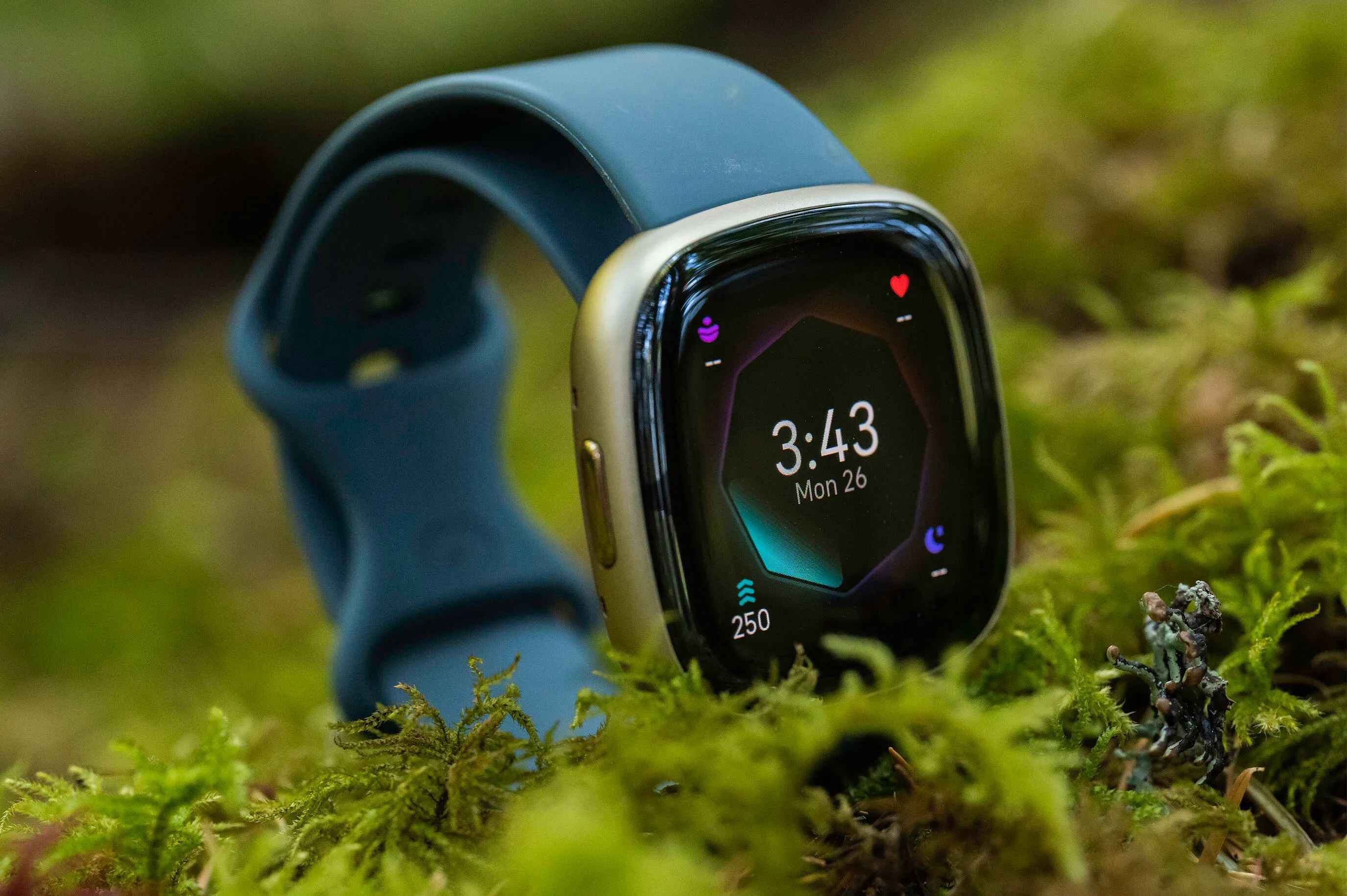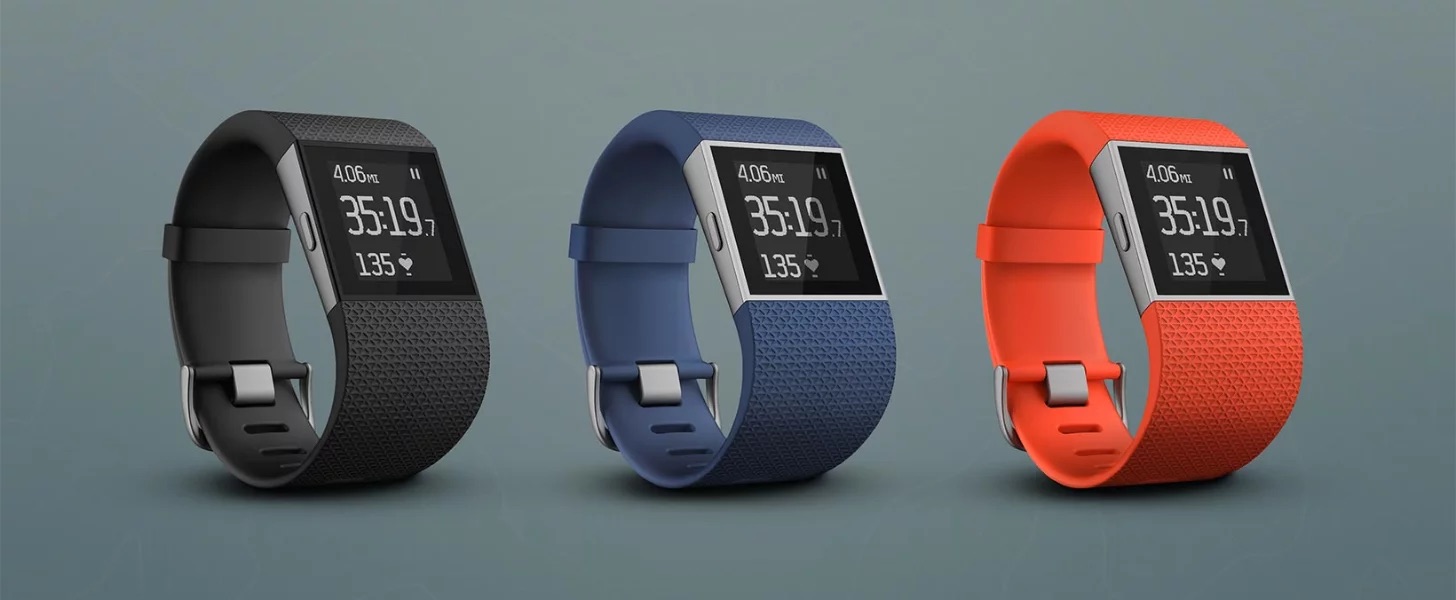Introduction
In the realm of fitness and wearable technology, the concept of pace holds significant importance. Whether you're a seasoned runner, a dedicated walker, or an avid hiker, understanding your pace can provide valuable insights into your overall performance and progress. Pace, in the context of physical activity, refers to the rate at which you cover a certain distance, typically measured in minutes per mile or kilometers. It is a fundamental metric that not only reflects your speed but also offers a glimpse into your endurance, stamina, and overall cardiovascular fitness.
In the era of smart wearable devices, such as Fitbit, monitoring and analyzing your pace has become more accessible and insightful than ever before. Fitbit, a leading name in the wearable technology industry, offers a comprehensive suite of features to track various fitness metrics, including pace. By leveraging the advanced sensors and algorithms embedded in Fitbit devices, users can gain a deeper understanding of their pace and its implications on their fitness journey.
Understanding pace on Fitbit goes beyond mere numbers on a screen; it delves into the intricacies of your physical exertion, allowing you to tailor your workouts, set realistic goals, and make informed adjustments to your training regimen. Whether you're striving to achieve a personal best in a 5K race or aiming to conquer challenging hiking trails, harnessing the power of pace data can be a game-changer in your pursuit of fitness excellence.
As we unravel the nuances of pace measurement and interpretation on Fitbit, you'll discover the wealth of insights that this metric can offer. From dissecting the components of pace to deciphering the implications for your overall fitness, this exploration will empower you to harness the full potential of your Fitbit device and elevate your fitness journey to new heights. So, fasten your seatbelt (or should we say, lace up your running shoes), as we embark on a captivating journey into the realm of pace on Fitbit.
What is Pace?
Pace, in the realm of fitness and physical activity, is a fundamental metric that encapsulates the rate at which you cover a certain distance. It is commonly expressed as the time taken to travel a specific unit of distance, such as minutes per mile or kilometers. Essentially, pace reflects your speed and endurance, providing valuable insights into your overall fitness and performance.
In the context of running, pace serves as a pivotal indicator of an individual's speed and stamina. It is often used to gauge one's progress, set realistic goals, and tailor training regimens to achieve desired outcomes. For instance, a runner aiming to complete a marathon in a specific time frame would meticulously monitor and optimize their pace to ensure they maintain a sustainable speed throughout the race.
Pace is not limited to running; it extends to various forms of physical activity, including walking, cycling, and hiking. In each of these activities, understanding and optimizing pace is crucial for enhancing performance and achieving fitness objectives. Whether you're striving to improve your cardiovascular endurance through brisk walking or aiming to conquer challenging trails while hiking, monitoring and fine-tuning your pace can be a game-changer in your fitness journey.
Furthermore, pace is deeply intertwined with the concept of intensity. By manipulating your pace, you can effectively modulate the intensity of your workouts, thereby customizing your training to suit your fitness level and goals. This ability to adjust pace based on desired exertion levels empowers individuals to optimize their workouts for maximum efficiency and results.
In essence, pace is not merely a numerical value; it is a reflection of your physical prowess, determination, and commitment to achieving your fitness aspirations. By comprehending the intricacies of pace and its implications for various forms of physical activity, individuals can harness this metric as a powerful tool to elevate their fitness journey and unlock their full potential.
Understanding the essence of pace sets the stage for delving into its measurement and interpretation on Fitbit, where advanced technology converges with fitness insights to offer a holistic view of your physical performance.
How is Pace Measured on Fitbit?
Pace measurement on Fitbit is a seamless fusion of cutting-edge technology and intuitive design, aimed at delivering precise and actionable insights into your physical activity. Fitbit employs a multi-faceted approach to capture and analyze your pace, leveraging a combination of advanced sensors, algorithms, and user inputs to provide a comprehensive view of your performance.
Fitbit devices, equipped with built-in accelerometers and GPS technology, are adept at accurately tracking your movements and distance covered in real time. These sensors work in tandem to capture intricate details of your physical exertion, allowing Fitbit to calculate your pace with remarkable precision. Whether you're pounding the pavement on a brisk run or embarking on an invigorating hike, Fitbit diligently captures the nuances of your pace, ensuring that every step is accounted for in the pursuit of accurate data.
In the context of running, Fitbit's pace measurement extends beyond mere speed tracking. It takes into account variations in terrain, elevation changes, and even factors such as stride length to deliver a nuanced portrayal of your running performance. This holistic approach enables Fitbit to offer insights that go beyond basic pace metrics, empowering users to understand the dynamics of their running stride and make informed adjustments to optimize their performance.
Fitbit's GPS technology plays a pivotal role in pace measurement, particularly for outdoor activities. By harnessing the power of GPS, Fitbit accurately maps your routes and calculates your pace based on real-time location data. This integration of GPS technology not only enhances the accuracy of pace measurement but also enables users to visualize their routes and pace variations, fostering a deeper understanding of their outdoor workouts.
Furthermore, Fitbit allows users to customize their pace metrics based on personal preferences and workout objectives. Whether you prefer pace to be displayed in minutes per mile or kilometers, Fitbit accommodates these preferences, ensuring that users can interpret their pace data in the most meaningful and familiar format.
In essence, pace measurement on Fitbit transcends traditional speed tracking, offering a holistic and personalized approach to understanding and optimizing your physical performance. By seamlessly integrating advanced sensors, GPS technology, and user-centric customization, Fitbit empowers users to delve into the intricacies of their pace and leverage this valuable insight to elevate their fitness journey.
Understanding Your Pace Metrics
Understanding the metrics related to your pace on Fitbit goes beyond merely glancing at numbers; it involves deciphering the wealth of insights embedded within these metrics. Fitbit provides a comprehensive array of pace-related data that offers a multifaceted view of your physical performance, enabling you to gain profound insights into your running, walking, or hiking endeavors.
One of the key pace metrics provided by Fitbit is the average pace, which reflects the average speed at which you covered a certain distance during your workout. This metric serves as a foundational indicator of your overall performance, offering a snapshot of your consistent speed throughout the activity. By analyzing variations in your average pace across different workouts, you can gauge your progress, identify trends, and set realistic benchmarks for future endeavors.
In addition to average pace, Fitbit furnishes users with real-time pace data, allowing you to monitor your speed as you engage in physical activity. This real-time feedback empowers you to make on-the-fly adjustments to your pace, ensuring that you maintain an optimal speed based on your fitness goals and exertion levels. Whether you're aiming to push your limits or sustain a steady pace, real-time pace metrics serve as invaluable guidance during your workouts.
Moreover, Fitbit delves into the realm of split pace, which dissects your pace across different segments of your workout. This granular breakdown of pace enables you to identify variations in speed, assess your performance during specific intervals, and pinpoint areas for improvement. By scrutinizing split pace data, you can fine-tune your pacing strategy, optimize your energy expenditure, and strive for a more balanced and efficient performance.
Furthermore, Fitbit incorporates pace zones, categorizing your pace into distinct intensity levels such as fat burn, cardio, and peak. This segmentation of pace facilitates a deeper understanding of the intensity of your workouts, allowing you to tailor your training to achieve specific fitness objectives. By aligning your pace with designated zones, you can optimize your workouts to target different energy systems, thereby maximizing the effectiveness of your training regimen.
By comprehensively interpreting these pace metrics, users can gain a nuanced understanding of their physical performance, identify areas for improvement, and tailor their training to achieve optimal results. The depth and breadth of pace-related insights provided by Fitbit empower individuals to elevate their fitness journey, conquer new milestones, and push the boundaries of their athletic prowess.
Tips for Improving Your Pace
Improving your pace is a multifaceted endeavor that encompasses various aspects of physical fitness, technique, and mindset. Whether you're aiming to shave seconds off your running time, enhance your endurance during brisk walks, or conquer challenging trails with agility, optimizing your pace can elevate your overall performance and bring you closer to achieving your fitness goals.
1. Consistent Training:
Consistency is key when it comes to improving your pace. Regular training sessions, tailored to focus on speed and endurance, can gradually enhance your cardiovascular fitness and muscular strength. By incorporating interval training, tempo runs, and hill workouts into your regimen, you can effectively boost your pace and endurance, laying a solid foundation for continuous improvement.
2. Proper Warm-Up and Cool Down:
Ensuring that your muscles are adequately warmed up before pushing the pace is crucial for preventing injuries and optimizing performance. Dynamic stretching, light jogging, and mobility exercises prepare your body for the demands of faster-paced workouts. Similarly, a thorough cool-down routine, including static stretches and gentle movements, aids in muscle recovery and flexibility, contributing to sustained improvement in pace.
3. Focus on Form and Technique:
Efficient running or walking technique plays a pivotal role in optimizing your pace. Maintaining proper posture, engaging core muscles, and striking the ground with a mid-foot or forefoot landing can minimize energy wastage and enhance propulsion, ultimately leading to improved speed and endurance. Incorporating drills to refine your form and technique can yield noticeable enhancements in your pace over time.
4. Gradual Progression:
Attempting to drastically increase your pace in a short span can lead to overexertion and potential injury. Gradual progression, characterized by incremental increases in pace and distance, allows your body to adapt to higher demands while minimizing the risk of overtraining. This approach fosters sustainable improvements in pace and endurance, laying the groundwork for long-term success.
5. Mental Resilience:
The mental aspect of improving pace should not be overlooked. Cultivating mental resilience, positive self-talk, and goal-oriented mindset can significantly impact your ability to maintain a challenging pace. Visualizing successful outcomes, staying focused during workouts, and embracing the discomfort of pushing your limits are essential components of mental fortitude that can propel you toward pace improvement.
6. Utilize Pace Feedback:
Leveraging the real-time pace feedback provided by Fitbit can serve as a valuable tool for gauging your progress and making informed adjustments to your workouts. By analyzing your pace data, identifying trends, and setting incremental targets, you can systematically enhance your pace and overall performance, leveraging the insights offered by your Fitbit device.
By embracing these tips and integrating them into your fitness journey, you can embark on a transformative path toward improving your pace, conquering new milestones, and embracing the exhilarating progress that comes with elevating your physical performance.
Conclusion
In conclusion, the realm of fitness metrics, particularly the concept of pace, plays a pivotal role in shaping our understanding of physical performance and progress. Fitbit, with its advanced technology and user-centric design, has revolutionized the landscape of pace measurement, offering users a comprehensive suite of features to track, analyze, and optimize their pace across various forms of physical activity.
By delving into the intricacies of pace on Fitbit, individuals can gain profound insights into their running, walking, or hiking endeavors. The amalgamation of average pace, real-time pace feedback, split pace analysis, and pace zones empowers users to unravel the nuances of their physical exertion, identify areas for improvement, and tailor their training to achieve optimal results.
The journey toward pace improvement encompasses a multifaceted approach, encompassing consistent training, proper warm-up and cool down routines, focus on form and technique, gradual progression, mental resilience, and leveraging pace feedback provided by Fitbit. By integrating these strategies into their fitness regimen, individuals can embark on a transformative path toward enhancing their pace, conquering new milestones, and embracing the exhilarating progress that comes with elevating their physical performance.
Ultimately, the understanding and optimization of pace on Fitbit extend beyond mere numbers on a screen; it embodies a holistic approach to fitness that fosters continuous improvement, resilience, and a profound connection with one's physical capabilities. As individuals harness the power of pace data offered by Fitbit, they embark on a journey of self-discovery, pushing the boundaries of their athletic prowess, and unlocking their full potential.
In the ever-evolving landscape of fitness and wearable technology, pace remains a timeless metric that transcends mere speed, offering a window into our determination, resilience, and commitment to achieving our fitness aspirations. Fitbit, as a pioneer in the wearable technology industry, continues to empower users to embrace the transformative power of pace, ushering them toward new horizons of physical excellence and well-being.
As we stride forward in our fitness journey, let us harness the insights offered by pace on Fitbit, leveraging them as beacons of guidance, motivation, and progress. With each step, we inch closer toward our aspirations, propelled by the invaluable pace metrics that illuminate our path to peak performance and well-being.







